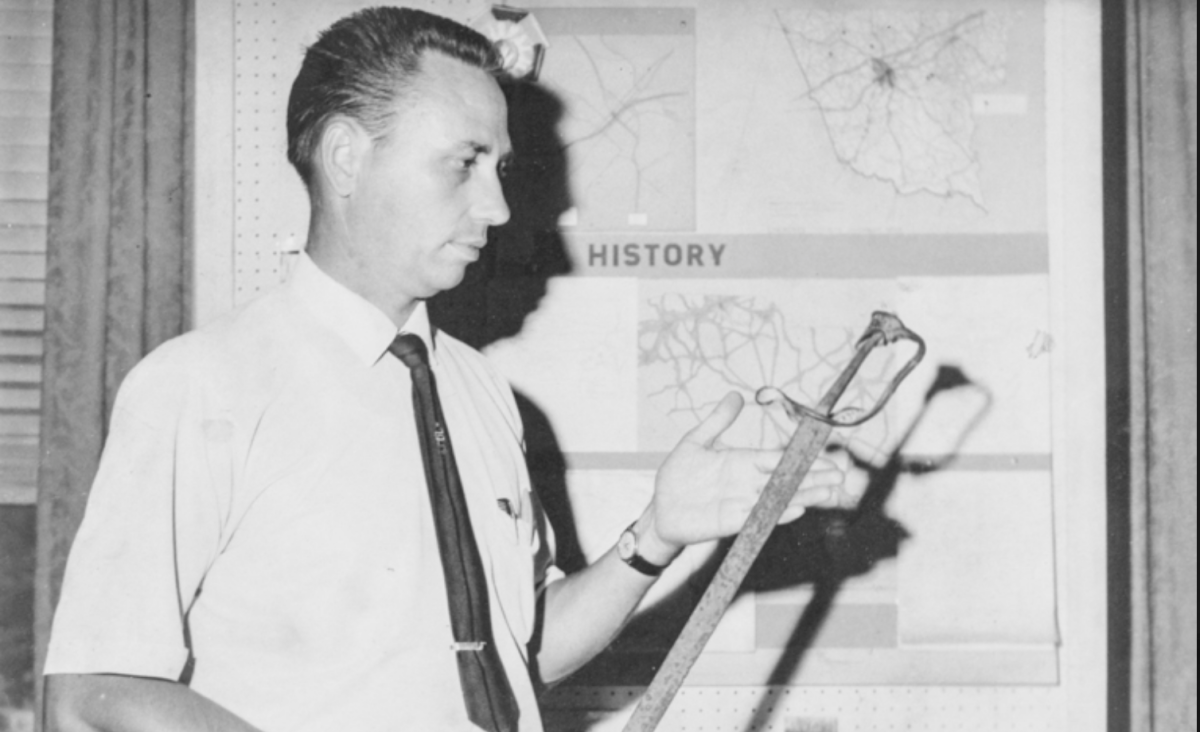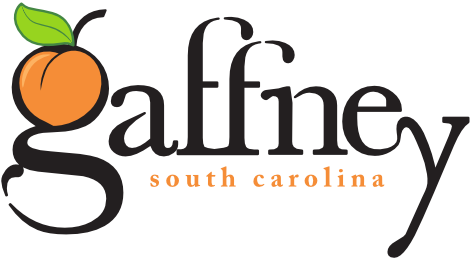CAROLINA RISING
REVOLUTIONARY WAR CENTER
GOALS
- Celebrate the Southern Campaign of the American Revolution
- Attract visitors from surrounding National Parks
- Provide an economic impact to the City of Gaffney and South Carolina
- Create an environment attractive to kids and families
- Educate through state-of-the-art destination-quality technology
- Provide a catalyst to further promote Main Street revitalization efforts
GEOGRAPHICALLY WELL POSITIONED
IN THE CENTER OF HISTORY
The City of Gaffney is centrally located among the most significant assets of the Southern Campaign of the American Revolution: Cowpens National Battlefield; Kings Mountain National Military Park; and the Overmountain Victory National Historic Trail.
Driving distance between the two parks with a stop in Gaffney is approximately 34.5 miles.

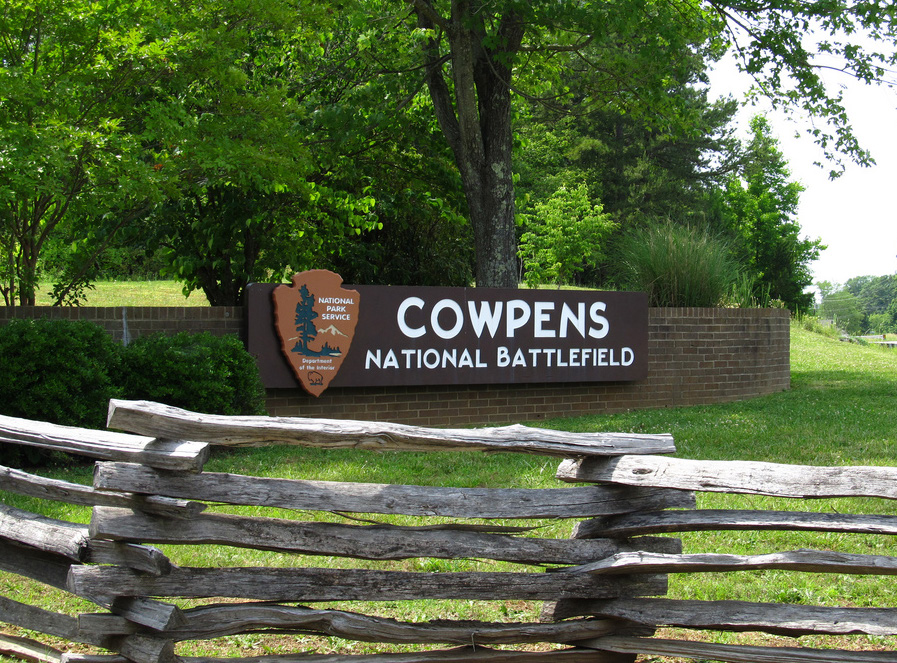
Cowpens National Battlefield
The Cowpens National Battlefield is located approximately 14 miles from Downtown Gaffney. Cowpens National Battlefield preserves the site where Brigadier General Daniel Morgan won a decisive Revolutionary War victory over British Lieutenant Colonel Banastre Tarleton on January 17, 1781. It is considered one of the most memorable victories by Morgan and one of the most memorable defeats of Tarleton. Established as Cowpens National Battlefield on March 4, 1929, this site was transferred from the War Department on August 10, 1933 and later redesignated on April 11, 1972. Cowpens was listed on the National Register of Historic Places on October 15, 1966.
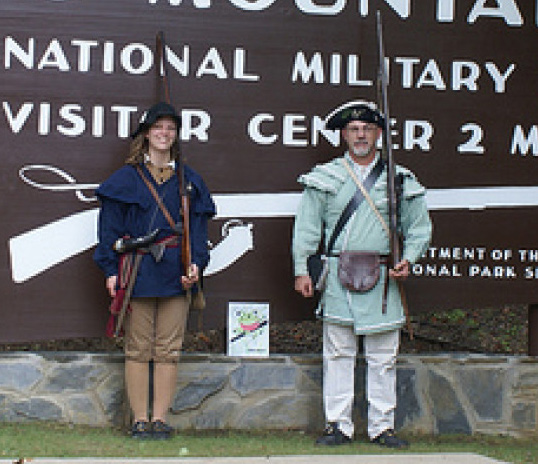
Kings Mountain
National Military Park
Kings Mountain National Military Park is located approximately 20 miles from Downtown Gaffney, along the North Carolina/South Carolina border. The park commemorates the Battle of Kings Mountain, a pivotal and significant victory by American Patriots over American Loyalists during the Southern Campaign of the Revolutionary War. It was listed on the National Register of Historic Places in 1996. Thomas Jefferson referred to the battle as, “The turn of the tide of success.”
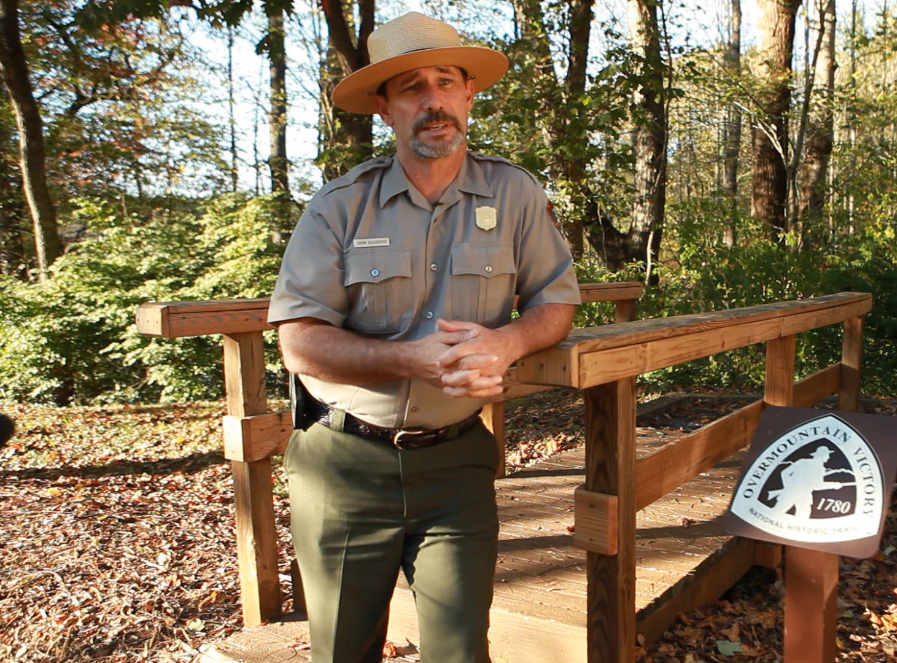
Overmountain Victory
National Historic Trail
The 440 mile Commemorative Motor Route of the Overmountain Victory National Historic Trail includes portions of the City of Gaffney’s Main Street. The Overmountain Victory National Historic Trail (OVHT) is part of the U.S. National Trails System. Stretching 330 miles through four states (Virginia, Tennessee, North and South Carolina), the Overmountain Victory National Historic Trail traces the route used by patriot militia during the pivotal Kings Mountain campaign of 1780.
BACKGROUND & PURPOSE
The NPS was compelled to provide funding for such a plan for three primary reasons:
- Gaffney’s geographic location is ideal for telling the story of the Southern Campaign of the American Revolution;
- Gaffney’s historic Carnegie Library is now vacant and in need of repurposing; and
- A destination-quality Discovery Center will help strengthen revitalization efforts along Gaffney’s historic Main Street.
Carolina Rising will serve as another major asset to further promote Main Street revitalization efforts
Carnegie’s libraries were built according to the “Carnegie Formula,” which required matching financial commitments from local partners.
GAFFNEY’S HISTORIC CARNEGIE LIBRARY:
A LEGACY OF PARTNERSHIP
Carnegie Library is located across from City Hall and along Gaffney’s Main Street and provides a compelling location within which to tell the story of the Southern Campaign of the American Revolution. Built in 1914, the Gaffney Carnegie Library was one of more than 2,500 libraries funded across the world by Andrew Carnegie. Carnegie made his fortune in the steel industry during the industrial revolution and late in his life became a devoted philanthropist. When Carnegie died in 1919, he had given nearly 90% of his fortune to causes in which he believed; his gifts to various charities totaled nearly $350 million.
The Gaffney Carnegie Library operated as a library until the early 70s. Most recently, the historic building served as offices for Cherokee County until their new government campus opened in 2014. The County has provided the building to the City of Gaffney to create Carolina Rising.
RevolutionaryWar
OUR SHARED HISTORY
↔
| MAY 12, 1780 | OCTOBER 7, 1780 | JANUARY 17, 1781 | MARCH 15, 1781 | MAY – JUNE, 1781 | SEPT – OCT, 1781 | JANUARY 1782 | SEPT 3, 1783 | OCTOBER 1784 | 1787 |
| Charleston falls to the British | Kings Mountain victory revives patriot hopes | The American tide continues at the Cowpens | Costly British victory at Guilford Courthouse | Longest siege of the war at Ninety Six | Large British army surrenders at Yorktown | Loyalists leave America | Treaty of Paris officially ends state of war | American victory pushes Indians farther west | U.S. Constitution replaces the Articles of Confederation |
| The British take Charleston, S.C., capture a large patriot army, and deal the rebels one of their worst defeats of the war. The Charleston move is part of a broader British strategy to hang on to the southern colonies, at least, now that the war is stalemated in Pennsylvania and New York. | Patriot militia from the Carolinas, Virginia, and present-day Tennessee surround and defeat a force of loyalists under Major Patrick Ferguson at Kings Mountain, S.C. Indicating the deep divisions within America, Ferguson is the only British soldier on the field-Kings Mountain is truly a battle among Americans about their future. | Continental soldiers and patriot militia under General Daniel Morgan defeat a British force under Banastre Tarleton at Cowpens. Coming on the heels of the victory at Kings Mountain, Cowpens helps convince worried patriots that the British southern strategy can be countered. | British troops win a costly victory over Continentals and militia at Guilford Courthouse, N.C. The battle is part of General Nathanael Greene’s strategy of engaging the British on ground of his choosing. Without winning a single clear-cut victory, he will succeed in wearing down the British army through hit-and-run tactics and set-piece battles. | The isolated British garrison at Ninety Six is laid siege to by patriot forces under Gen. Nathanael Greene. The approach of a British relief column leads Greene to make a final, unsuccessful assault on the fort on June 18. The events at Ninety Six underline the fact that Britain has too few troops to hold the southern hinterlands. | A joint French and American force traps a large British army on Virginia’s Yorktown peninsula. Unable to evacuate or receive reinforcements because a French fleet has driven off a British fleet, General Cornwallis is forced to surrender. Although New York City and Charleston, S.C., will remain in British hands until a peace treaty is signed two years later, the war for American independence is essentially over. | The evacuation of loyalists begins. Largely unwelcome in the new United States, about 100,000 Americans who remained loyal to the crown find new lives in Britain, Canada, and British colonies in the West Indies. Among them are about 15,000 African Americans, some of whom end up helping to found the country of Sierra Leone in Africa. The loyalist experience will have a profound effect on the development of Canada’s national identity. | The Treaty of Paris ratifies the independence of the 13 North American states. Canada remains a British province, beginning its separate development as a U.S. neighbor. Another war with England (1812 – 1815) will be necessary to truly secure the American nation. | The Treaty of Fort Stanwix imposes a peace on those members of the Iroquois Confederacy that sided with the British in the Revolution. The war’s aftermath will prove devastating to Native Americans. With no European allies to rely upon, Indian tribes will be under increasing pressure from settlers moving west out of the original 13 states. | A convention of states in Philadelphia proposes the Constitution to replace the much looser central government operating under the Articles of Confederation (adopted in 1777). With amendments, the Constitution remains the framework of government in the U.S. |
A Tribute To
Dr. Bobby Gilmer Moss
(1932-2015)
Dr. Bobby Gilmer Moss was a teacher and American expert who extensively studied the Southern Campaigns of the Revolutionary War. An author of over 26 books and the founder of the Cherokee County Historical Preservation Society (C.H.A.P.S), Dr. Moss received a Doctorate from the University of St. Andrews in Scotland along with an honorary Doctorate from Limestone College. Dr. Moss received the highest award for research and preserving military and family records from the Colonial Dames of America, the highest award for important Revolutionary War research from the Daughters of the American Revolution, the Keeper of the Culture award from York County Cultural and Heritage Commission, the Order of Palmetto Award, and was named the first Historian of Cherokee County.
In his final years, Dr. Moss made LeighAnn Moon promise “to keep telling our stories”.
Carolina Rising is the fulfillment of that promise.
